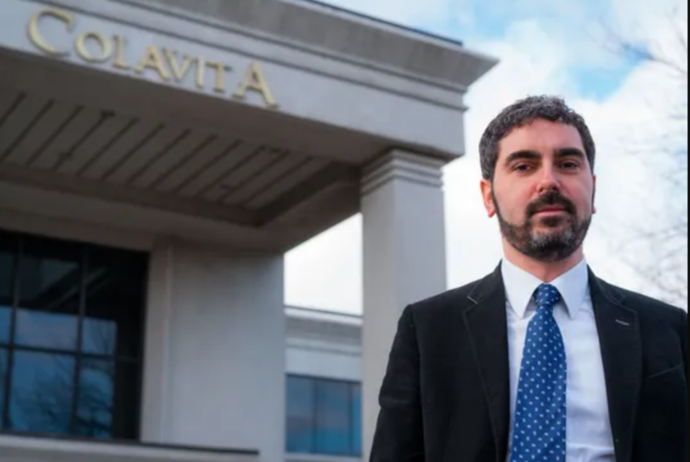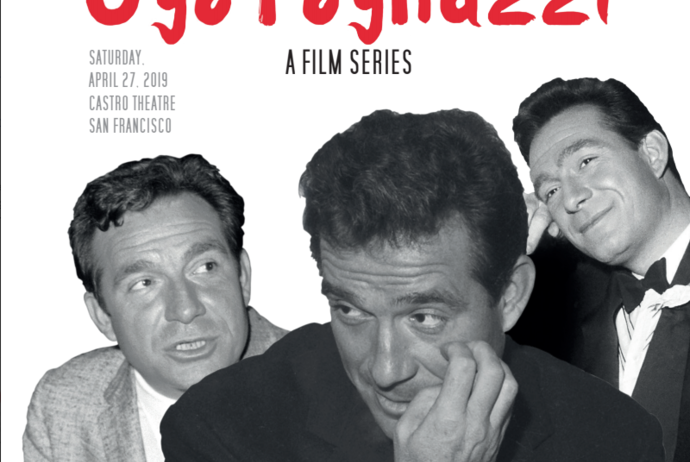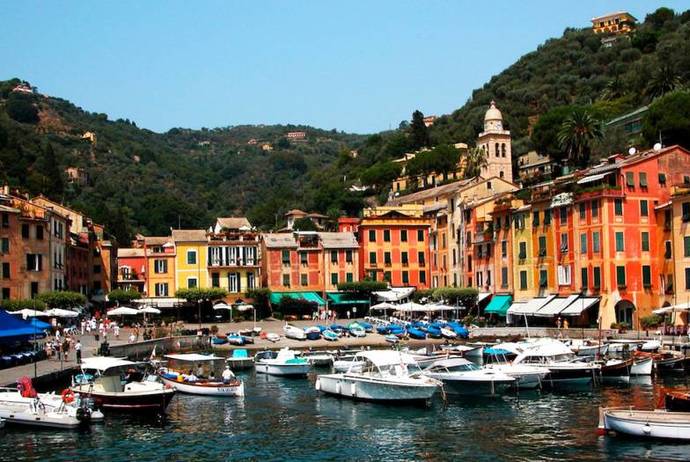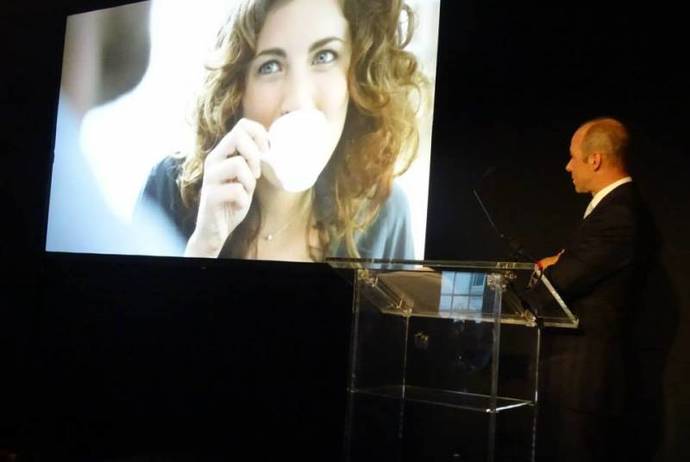Superstitions are plentiful in Italy year-round, however such beliefs and practices seem to multiply exponentially around the holiday season, a time of endings and new beginnings, when everyone is trying to stock up on good fortune for the year ahead. Some of the most common ones are practiced by many across the country, while others are rather obscure, and in some cases pretty bizarre.
A widespread practice - presumably dating back to roman times - consists of eating lentils on New Year’s Eve to ensure prosperity in the new year. However, most people may not be familiar with the Abruzzese tradition of eating seven (like the seven virtues) soups with seven different legumes to exponentially raise the chances of economic good fortune.
Dried fruits and nuts, such as figs, dates, walnuts, hazelnuts, cashews, almonds, and so on, are also associated with prosperity and can be found on almost every Italian dinner table during San Silvestro (New Year’s Eve.)
In the Valle d’Aosta and Marche regions, eating 12 purple grapes as the clock strikes midnight is thought to bring good luck, while in Tuscany, Umbria, and Emilia Romagna people eat other fruits such as pomegranites, which represent prosperity.
Then, as everyone knows, the new year must be wrung with a bottle of bubbly. But you may not have heard that the popping noise the cap makes when it comes off supposedly serves to chase away evil spirits.
Another ritual consists of wearing something red - usually underwear - for good luck. There doesn’t seem to be any consensus on when and where this practice originated - some say it comes from the Romans, while others claim it was adopted from China, where the color symbolizes good fortune - however it is one of the most widespread New Year’s traditions nationwide.
Some of these superstitions can be seen as sensible advice. For example, in Calabria, they say you should avoid borrowing money on December 31st because that would mean needing to borrow that money all year. Others, on the other hand are less obivous. For instance, traditionally, young women used to throw a slipper down the stairs: if it landed pointing towards the front door, it meant they were to be married soon, if not they were doomed to remain single.
In Lazio, women had to pick from three different needles without looking, if they chose the one with a red thread, it meant they were to be married soon, black meant they were destined to be widows, and white meant they would remain “zitelle” or spinsters. And still on the topic of marriage, in Apulia, two grains are placed in a cup of water, if they stay together it means there will be a wedding before the end of the new year.
There are certainly some traditions that this year cannot be respected but we remember them for next year
Fireworks are as in most parts of the world, since fire symbolizes light, energy, and good health. However, some people take this a step further: in Friuli, young men jump over fire to ensure virility and fertility. Finally, a very satisfying - though perhaps not 100% safe - tradition typical of southern Italy, particularly of Rome and Naples, is that of getting rid of old objects by throwing them out the window, and with them bad memories and misfortunes.
These are just a few of the countless New Year’s supersitions that can be found across Italy. Were you familiar with them? Are there any other ones you would like to share? We would love to hear from you.
Happy New Year!






































